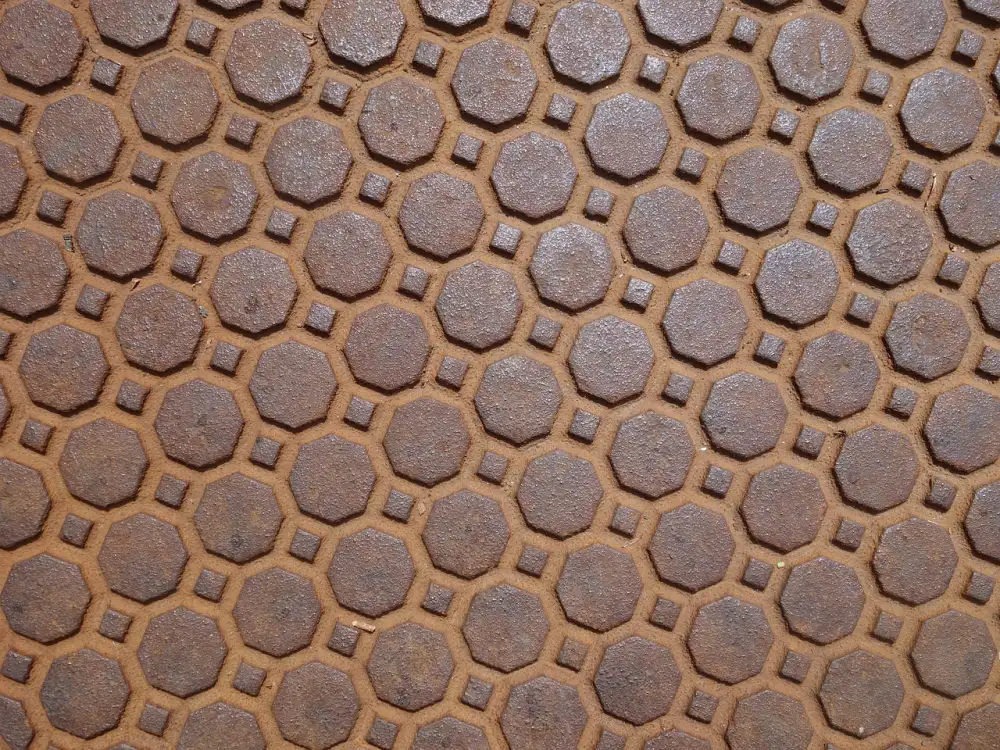Master the Art of Cast Iron Skillet Cleaning: Essential Tips for Home Cooks

Cast iron skillets are beloved by home cooks for their durability and ability to retain heat evenly. Proper cleaning and maintenance are essential to ensure the longevity of these kitchen staples. Cleaning a cast iron skillet may seem intimidating, but with the right techniques, it can be a simple and rewarding task. In this article, we will guide you through the steps to master the art of cast iron skillet cleaning, so you can continue to enjoy cooking delicious meals with your favorite kitchen tool.
Gather Necessary Supplies
To properly clean a cast iron skillet, you will need the following supplies:
1. Mild dish soap or kosher salt
2. Non-abrasive scrubber or sponge
3. Hot water
4. Clean, dry cloth or paper towels
5. Vegetable oil or shortening for re-seasoning
6. Oven mitts or kitchen towels to handle hot cookware
Having these supplies on hand will ensure that you can effectively clean and maintain your cast iron skillet for years to come.
Wash the Skillet Gently
**Wash the Skillet Gently**
To preserve the seasoning of your cast iron skillet, it's crucial to wash it gently. Avoid using harsh soaps or abrasive scrubbers that can strip away the seasoned coating. Instead, opt for a mild dish soap and a soft sponge or brush to remove any food residue. If there are stubborn bits stuck to the pan, you can use a paste of coarse salt and water as a gentle abrasive cleaner. Remember to never soak your cast iron skillet or put it in the dishwasher, as this can lead to rusting. Once cleaned, rinse the skillet thoroughly with warm water and dry it immediately with a clean towel to prevent any moisture from lingering on the surface.
Dry Thoroughly
After washing your cast iron skillet, it is crucial to dry it thoroughly to prevent rusting. Use a clean towel or paper towels to wipe the skillet inside and out until all moisture is removed. To ensure complete drying, place the skillet on a stovetop over low heat for a few minutes. This will help evaporate any remaining water droplets. Remember, even a small amount of moisture left on the skillet can lead to rust formation over time. Once completely dry, move on to the next step of re-seasoning your cast iron skillet for optimal performance and longevity.
Re-season the Skillet
Re-seasoning your cast iron skillet is a crucial step to maintain its non-stick surface and prevent rusting. After cleaning and drying the skillet, apply a thin layer of vegetable oil or melted shortening all over the pan, including the handle and outer edges. Make sure to wipe off any excess oil to avoid a sticky residue. Place the skillet upside down in an oven preheated to 350-400°F (175-200°C) for about an hour. This process allows the oil to polymerize, forming a protective layer that enhances the skillet's seasoning. Repeat this re-seasoning process regularly to keep your cast iron skillet in top condition for years to come.
Proper Storage Tips
After cleaning and re-seasoning your cast iron skillet, proper storage is essential to maintain its quality. To prevent rusting, store the skillet in a dry place away from moisture. Avoid stacking other pots or pans on top of it to prevent damage to the seasoning layer.
To further protect your skillet, consider placing a paper towel or cloth between stacked skillets if you need to store multiple pieces together. This will help absorb any excess moisture and prevent scratching.
If you have limited storage space and need to stack your cast iron skillets, consider using soft felt pan protectors between each piece to prevent scratches and preserve the seasoning. Remember to always ensure that the skillet is completely dry before storing it to avoid any potential rust issues.
By following these proper storage tips, you can prolong the life of your cast iron skillet and continue enjoying delicious meals cooked in this versatile kitchen essential for years to come.
Final Thoughts
Mastering the art of cast iron skillet cleaning is essential for any home cook looking to preserve the longevity and performance of their cookware. By following the proper cleaning and maintenance techniques outlined in this article, you can ensure that your cast iron skillet remains in top condition for years to come. Remember, a well-maintained cast iron skillet not only enhances the flavor of your dishes but also adds a touch of tradition and history to your culinary creations. So, embrace the beauty of cooking with cast iron and enjoy the delicious results it brings to your table.
Published: 08. 05. 2024
Category: Food



